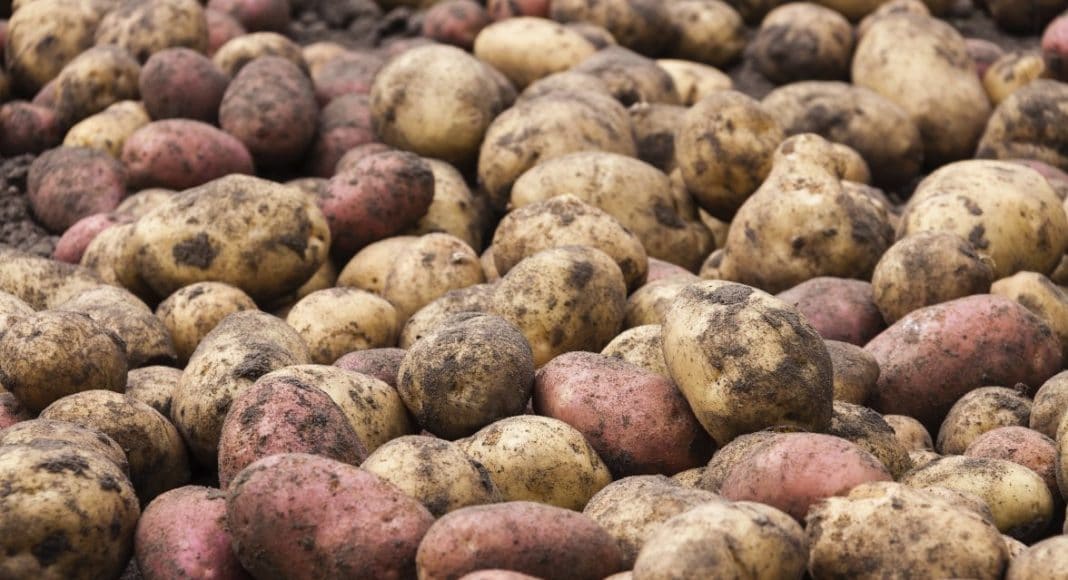Penn State researchers have identified new potato disease pathogens in Pennsylvania, a Jan. 17 news release said.
The research team collected potato stems or tubers that exhibited symptoms of black leg or soft rot — including wilting, stunting, black lesions and rotting tubers, among others — from 26 potato fields in Pennsylvania, the release said. The team the isolated, cultured and identified 456 samples of bacteria infecting the potatoes, including six species of Pectobacterium and one strain of Dickeya that previously hadn’t been reported in Pennsylvania. One species of Pectobacterium previously hadn’t been reported in the United States.
The researchers collected potato stems or tubers that exhibited symptoms of black leg or soft rot — including wilting, stunting, black lesions and rotting tubers, among others — from 26 potato fields in Pennsylvania. These diseases, which can lead to crop loss, are caused predominantly by bacteria in the Pectobacterium species and more recently the Dickeya species.
Carolee Bull, corresponding author and professor of bacterial systematics and plant pathology, of plant pathology and of environmental microbiology in the Penn StateCollege of Agricultural Sciences, said the findings could inform methods for detecting and quantifying the pathogens causing blackleg and soft rot in Pennsylvania and beyond.
“In addition to surveillance, these insights could also help us better understand disease epidemiology,” Bull said in the release. “For example, the pathogens may have different optimum temperatures for growing or for producing these symptoms in the potatoes. So, the severity of the disease may change depending on different climate conditions.”
While researchers have long been aware of certain species of Pectobacterium, Bull added that a significant number of new Pectobacterium and Dickeya species have been observed during the past few years. Potato growers will benefit from the analysis, Bull said, by knowing which organisms were found on which potato varieties.
Pathogens identified included P. actinidiae, P. polonicum, P. polaris, P. punjabense, P. parmentieri and P. versatile, marking the first time these bacteria were reported in Pennsylvania, the release said. Additionally, this was the first time P. actinidiae was reported in the entire U.S. The pathogens P. carotovorum, D. dianthicola and P. brasiliense were also reported, which the researchers said they had expected.
The researchers plan to continue their work by testing the effects of these pathogens on potatoes, developing surveillance tools for each of these pathogens and evaluating the need for new management practices.
The findings were published in Systematic and Applied Microbiology.
Related Articles
Wild Potatoes May Help Protect Against Pectobacterium Diseases











